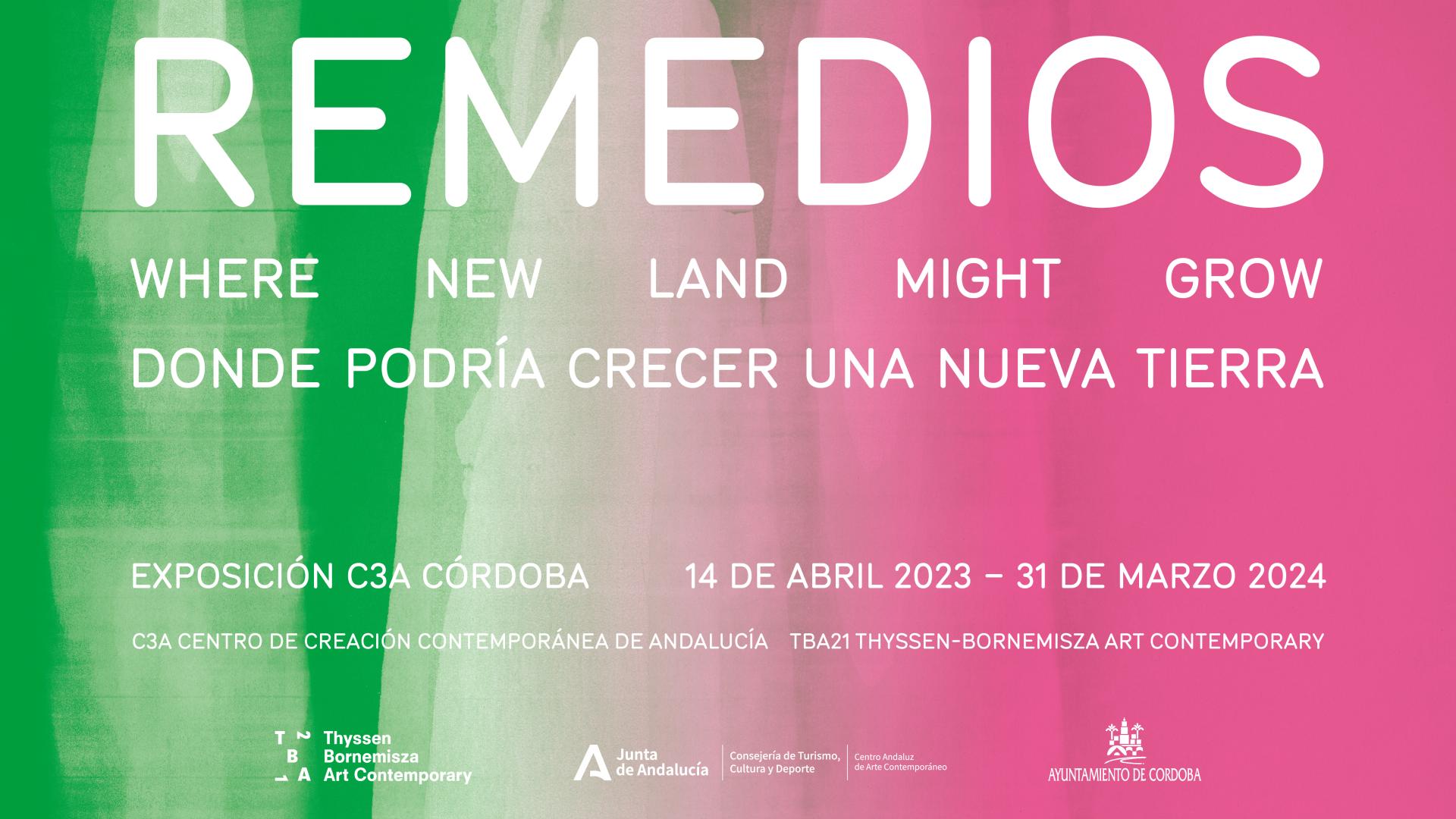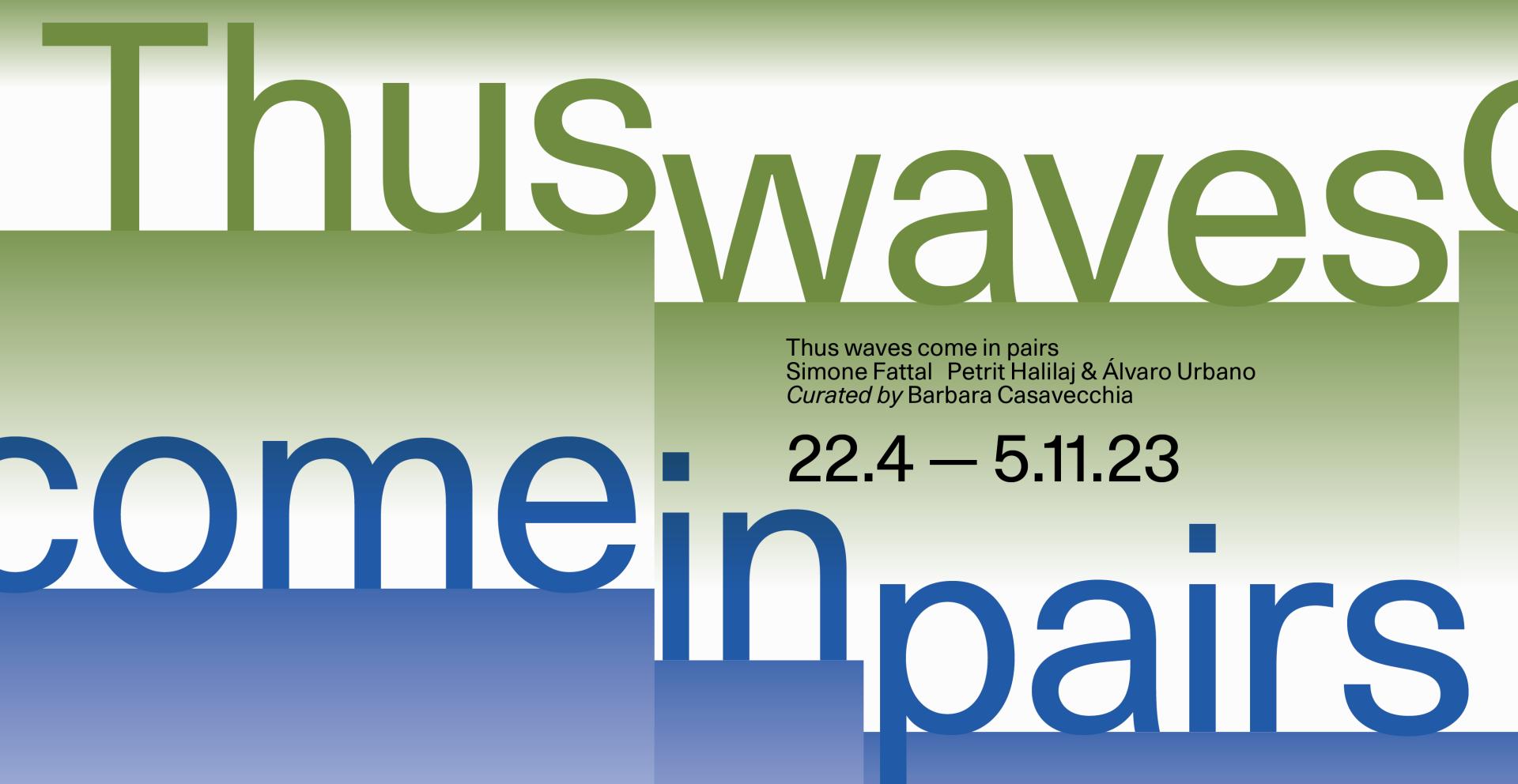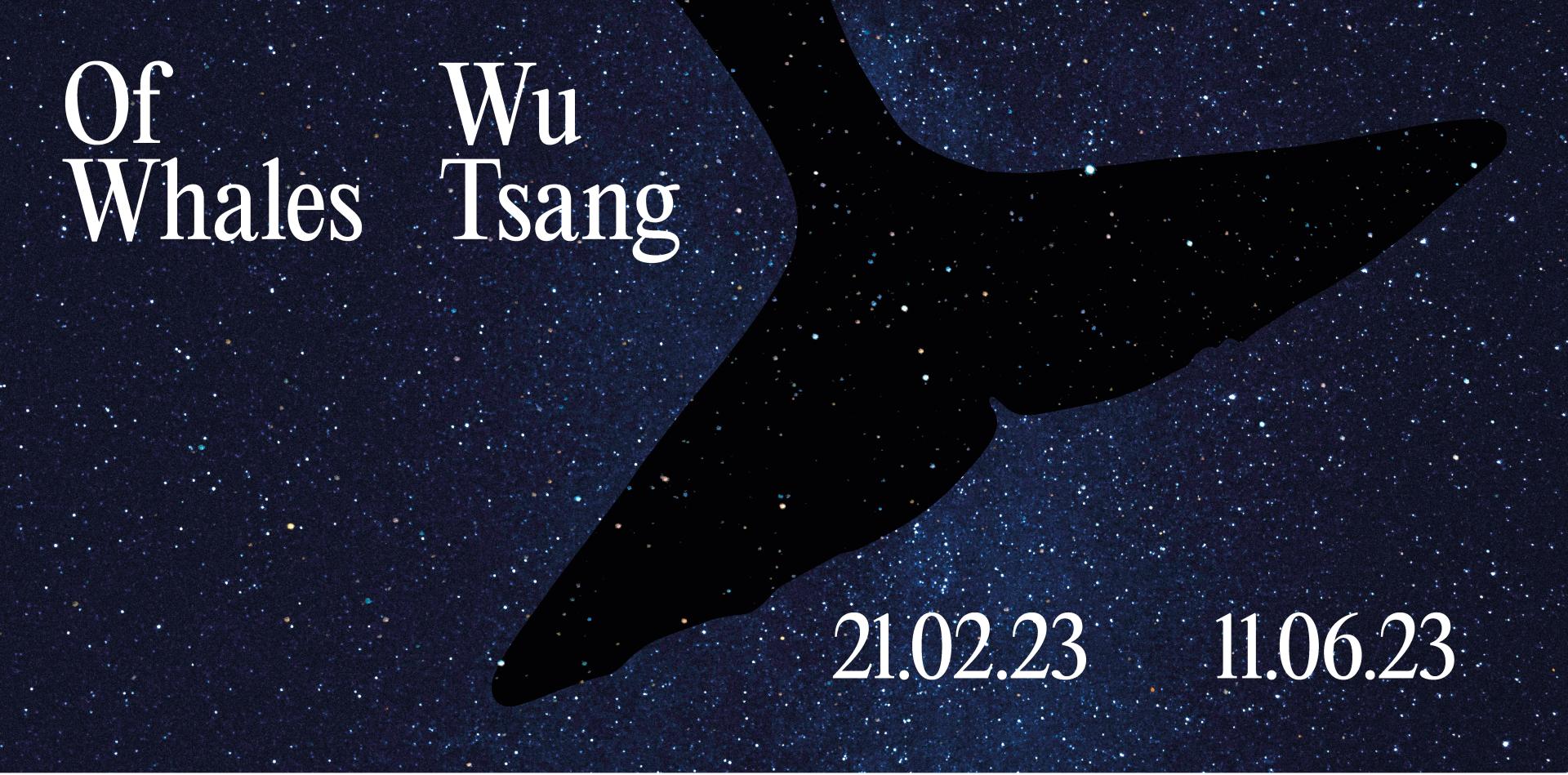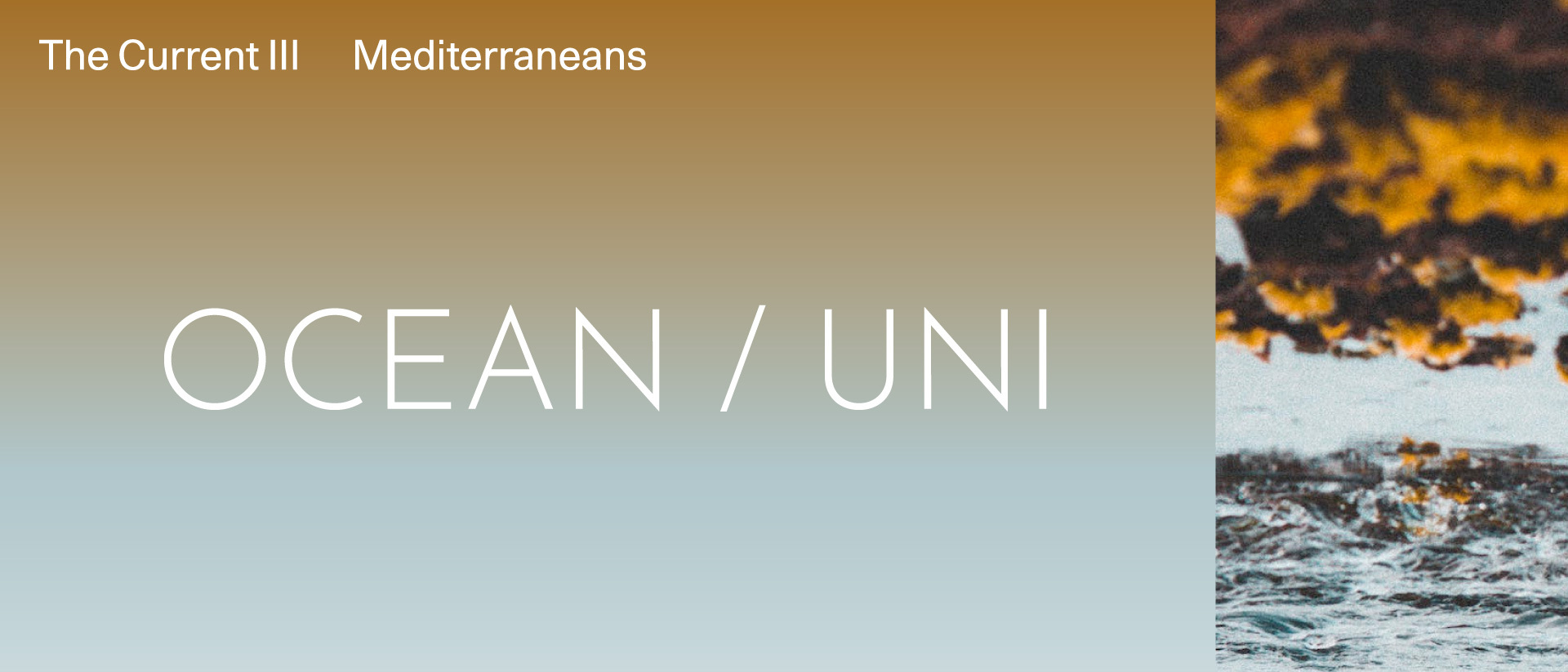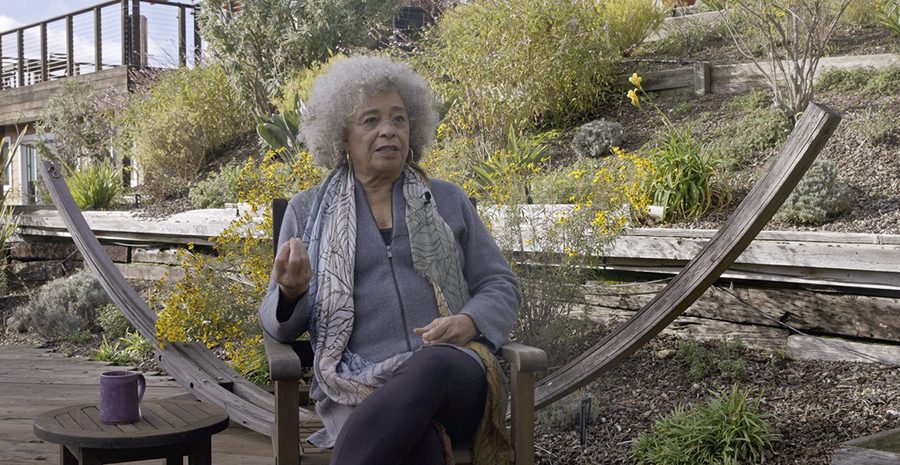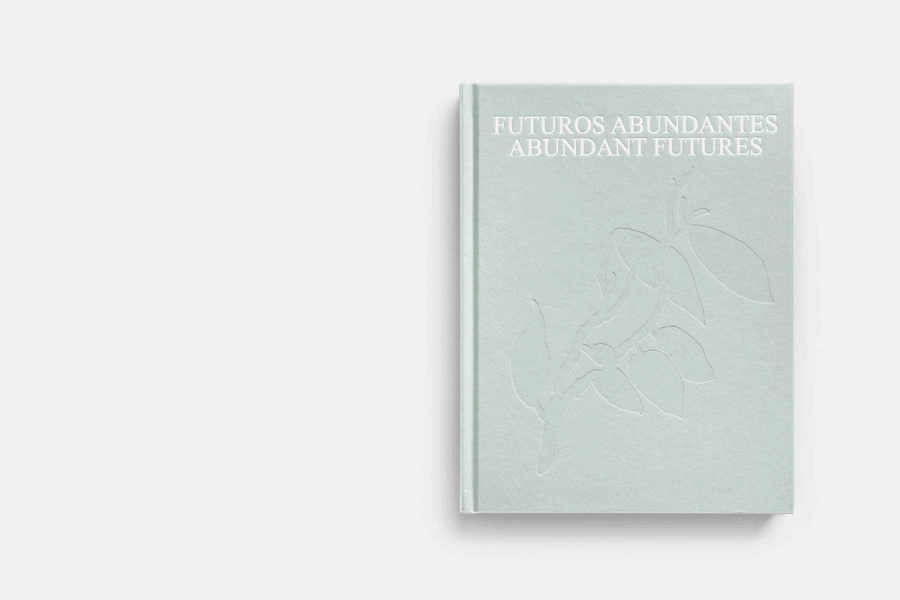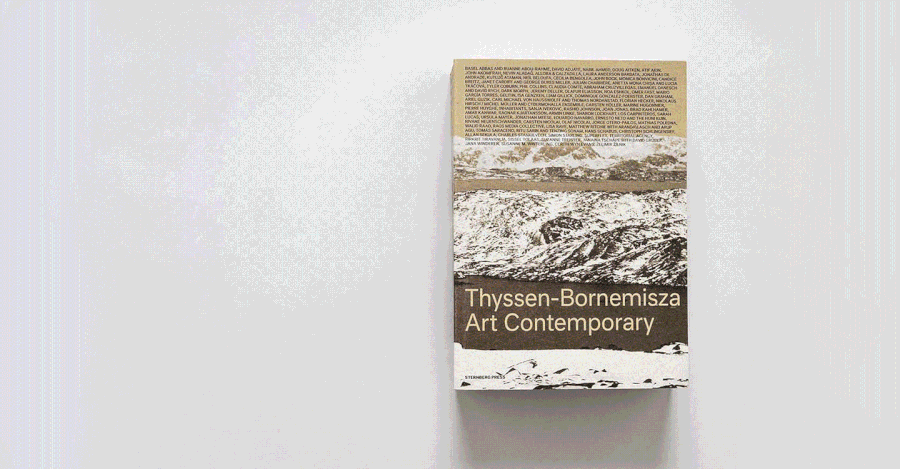Untitled (Waterfall), 2018

Photo: © the Artist | Mendes Wood DM, São Paulo/Brussels/New York
Collection
Oil on wood
200 x 160 x 3.6 cm
Patrícia Leite paints from an amalgamation of sources: the pictures she develops on wooden board are drawn from vivid memories of places she has visited, and scenes from films, photographs, and other forms of media. By painting each singular landscape from a medley of references, they better represent products of a cohesion made in the mind than they do reflections of particular settings. Rather than making direct reproductions, she thus deliberately amplifies the role of the imagination in forming images, synthesising sensibility with representation in a combination which prioritises the influence of the former over the latter. Mobilising the faculties of memory and the imagination as she does, her works might be regarded as ruminations on the interpretative and restorative work involved in the process of perception. Indeed, insofar as they are constructed from impressions formed interiorly, Leite’s paintings demonstrate the capacity of a subject to restore integrity to perception by filling physical absences of detail with those retained in memory in an attempt to yield unified images; they represent the reification of these results in artistic production. Themes of affect, impairment and substitution thus makeup her practice’s conceptual underpinnings, whilst also contributing to its formal and stylistic character.
Regarding these themes as integral aspects of painting in his last published essay, Eye and Mind (1964), French philosopher Maurice Merleau-Ponty writes, “the eye is an instrument that moves itself, a means which invents its own ends; it is that which has been moved by some impact of the world, which it then restores to the visible through the traces of a hand.”[1] In light of these remarks, Untitled (Waterfall) (2007) might be viewed abstractly and in formal terms, or conceived more holistically as an attempt to reconstruct the appearance of a place stored by the artist both psychologically and emotionally. As an adumbration of a scene, it successfully conveys the impression of a waterfall through its organisation of line, shape and color. But further, Leite’s concentration on the depiction of light imbues it with a sense of atmosphere, transforming it from a mere installation of two-dimensional, abstract forms on a matrix into a more subjective rendering, informed by feeling as much as it is by formal considerations. In these ways, Untitled (Waterfall) combines concrete references and subjective manipulation, and testifies to Merleau-Ponty’s “interrogation of painting” as that which “looks toward [the] feverish genesis of things in our body.”[2] —Elsa Gray
[1] Maurice Merleau-Ponty, Eye and Mind, 1964. Available online at http://www.biolinguagem.com/ling_cog_cult/merleauponty_1964_eyeandmind.pdf
[2] ibid
200 x 160 x 3.6 cm
Patrícia Leite paints from an amalgamation of sources: the pictures she develops on wooden board are drawn from vivid memories of places she has visited, and scenes from films, photographs, and other forms of media. By painting each singular landscape from a medley of references, they better represent products of a cohesion made in the mind than they do reflections of particular settings. Rather than making direct reproductions, she thus deliberately amplifies the role of the imagination in forming images, synthesising sensibility with representation in a combination which prioritises the influence of the former over the latter. Mobilising the faculties of memory and the imagination as she does, her works might be regarded as ruminations on the interpretative and restorative work involved in the process of perception. Indeed, insofar as they are constructed from impressions formed interiorly, Leite’s paintings demonstrate the capacity of a subject to restore integrity to perception by filling physical absences of detail with those retained in memory in an attempt to yield unified images; they represent the reification of these results in artistic production. Themes of affect, impairment and substitution thus makeup her practice’s conceptual underpinnings, whilst also contributing to its formal and stylistic character.
Regarding these themes as integral aspects of painting in his last published essay, Eye and Mind (1964), French philosopher Maurice Merleau-Ponty writes, “the eye is an instrument that moves itself, a means which invents its own ends; it is that which has been moved by some impact of the world, which it then restores to the visible through the traces of a hand.”[1] In light of these remarks, Untitled (Waterfall) (2007) might be viewed abstractly and in formal terms, or conceived more holistically as an attempt to reconstruct the appearance of a place stored by the artist both psychologically and emotionally. As an adumbration of a scene, it successfully conveys the impression of a waterfall through its organisation of line, shape and color. But further, Leite’s concentration on the depiction of light imbues it with a sense of atmosphere, transforming it from a mere installation of two-dimensional, abstract forms on a matrix into a more subjective rendering, informed by feeling as much as it is by formal considerations. In these ways, Untitled (Waterfall) combines concrete references and subjective manipulation, and testifies to Merleau-Ponty’s “interrogation of painting” as that which “looks toward [the] feverish genesis of things in our body.”[2] —Elsa Gray
[1] Maurice Merleau-Ponty, Eye and Mind, 1964. Available online at http://www.biolinguagem.com/ling_cog_cult/merleauponty_1964_eyeandmind.pdf
[2] ibid



